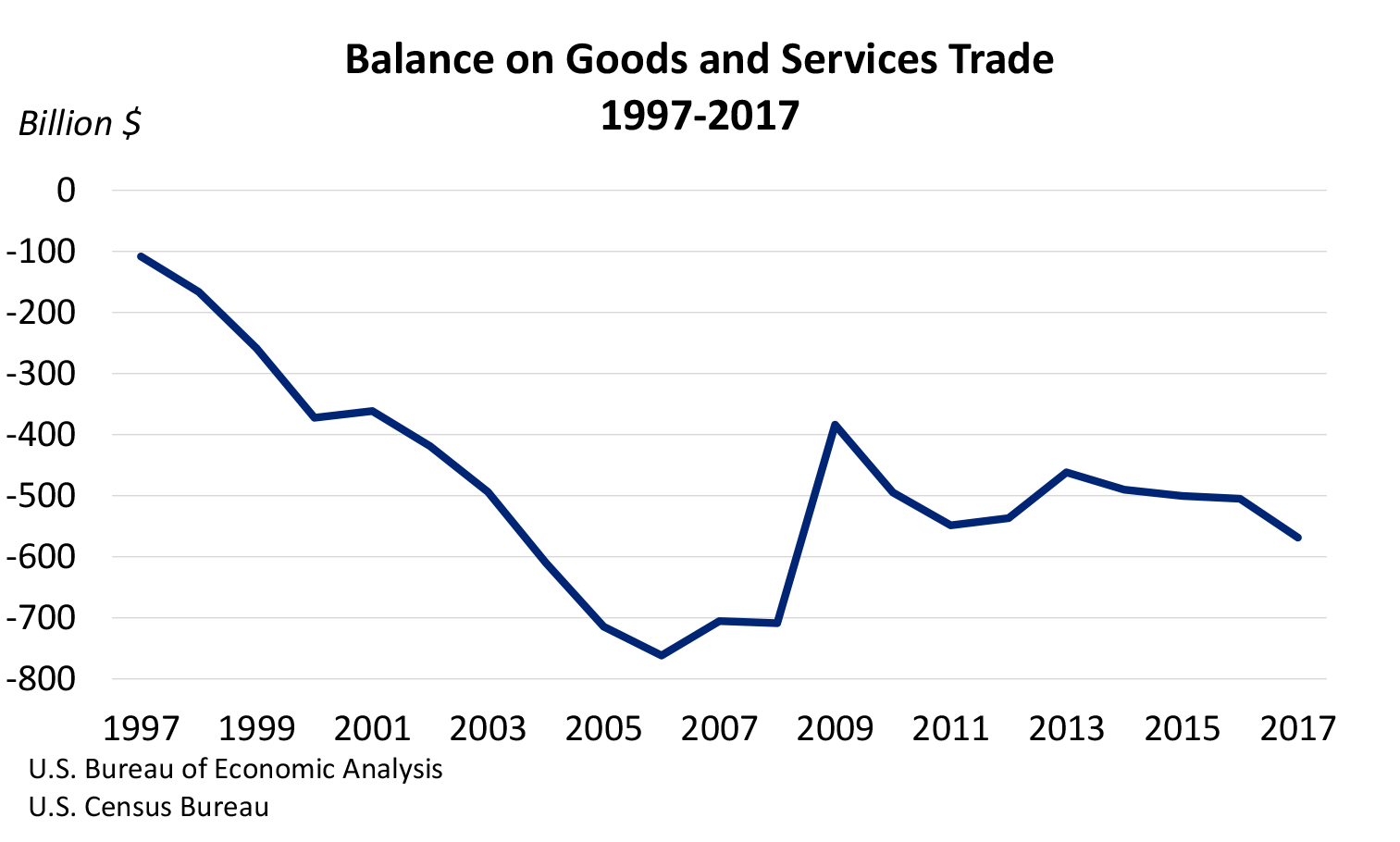
USA Trade Balance: Navigating Economic Flows and Global Partnerships

The Economic Tapestry: Understanding the Dynamics of USA Trade Balance
The USA Trade Balance is a critical component of the nation’s economic narrative, reflecting its engagements with the global marketplace. This article delves into the intricacies of the trade balance, examining its significance, factors influencing it, and the broader implications for the nation’s economic health.
Defining the USA Trade Balance
The USA Trade Balance represents the difference between the value of the country’s exports and imports. When exports exceed imports, a trade surplus occurs, contributing positively to the balance. Conversely, when imports surpass exports, a trade deficit arises. This balance is a key indicator of the nation’s economic interactions on the global stage.
Factors Influencing the Trade Balance
Several factors influence the USA Trade Balance. Exchange rates, domestic and international demand for goods and services, government policies, and the overall health of the global economy play pivotal roles. Understanding these factors is essential for comprehending the dynamics that contribute to fluctuations in the trade balance.
Trade Surplus and Its Implications
A trade surplus occurs when the value of exported goods and services exceeds that of imported ones. This scenario has several implications for the economy. It can strengthen the nation’s currency, improve its financial position, and create a positive environment for economic growth. However, a sustained surplus may also pose challenges, such as currency appreciation impacting export competitiveness.
Trade Deficit and Its Complexities
Conversely, a trade deficit arises when the value of imports surpasses that of exports. While trade deficits may raise concerns, they are not inherently negative. They can indicate strong domestic demand, access to a variety of goods for consumers, and capital inflows. However, prolonged deficits may also lead to increased foreign indebtedness, posing long-term economic challenges.
The Role of Exchange Rates
Exchange rates play a crucial role in shaping the USA Trade Balance. Currency values impact the cost and competitiveness of goods and services in the international market. A strong domestic currency may make exports more expensive, potentially contributing to a trade deficit, while a weaker currency can enhance export competitiveness.
Government Policies and Trade Agreements
Government policies, including trade agreements, tariffs, and subsidies, influence the trade balance. Trade agreements can open new markets for exports, while tariffs and subsidies may impact the competitiveness of domestic industries. The strategic alignment of policies is crucial for optimizing the trade balance and fostering a favorable economic environment.
Global Economic Conditions and Trade Dynamics
The state of the global economy significantly influences the USA Trade Balance. Economic downturns in major trading partners can reduce demand for American exports, contributing to a trade deficit. Conversely, a robust global economy enhances export opportunities, potentially leading to a trade surplus.
Technology and Innovation in Trade
The evolution of technology has transformed trade dynamics. E-commerce, digital platforms, and advancements in logistics have facilitated global trade, connecting buyers and sellers across borders. Technological innovations play a vital role in shaping the USA Trade Balance by enabling businesses to access international markets more efficiently.
Career Opportunities in International Trade
For individuals interested in the complex world of international trade, diverse career opportunities await. Professions in trade analysis, logistics, supply chain management, and international business consulting are avenues to contribute to and navigate the intricacies of global trade. Explore these career paths at CareerTH.com for a rewarding professional journey.
Conclusion: Navigating Economic Flows for Prosperity
In conclusion, the USA Trade Balance is a dynamic reflection of the nation’s economic engagements with the world. Understanding the intricacies of trade dynamics, government policies, and global economic conditions is essential for policymakers, businesses, and individuals alike. To explore and contribute to the field of international trade, visit CareerTH.com and embark on a journey in the realm of global economic flows for prosperity.
